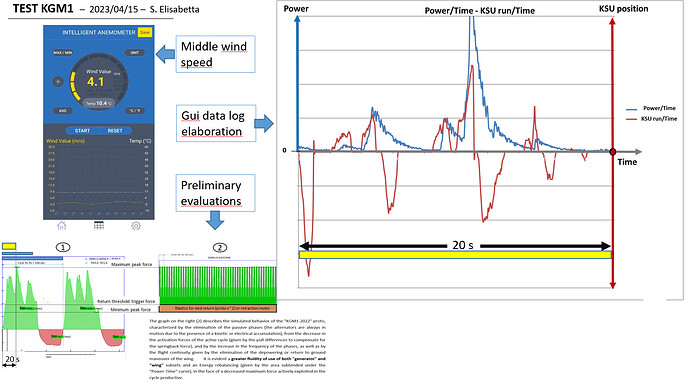Virtual Astronomy Lecture:
“KGM1: Sustainable Energy to Combat Climate Change” (A Free, Virtual Lecture)
SPEAKER: Marco Ghivarello, MEng, founder of the KGM1 Research Project
CO-HOST: Cornell Cooperative Extension
Registration is required: https://bit.ly/KGM1-Talk
Hamptons Observatory and Cornell Cooperative Extension are honored to present a free, virtual lecture by Marco Ghivarello, MEng.
Led by GHIVA Progettazione, the KGM1 Research Project is at the forefront of Airborne Wind Energy (AWE) technology. KGM1’s groundbreaking technology utilizes kite-like wings to capture high-altitude winds, thus generating clean electricity without the environmental footprint of traditional energy sources. By mitigating greenhouse gas emissions, this technology plays a crucial role in safeguarding our environment for future generations.
One key advantage of KGM1 is its ability to provide sustainable energy solutions to remote communities and areas affected by natural disasters. In these contexts, where conventional power grids may be undependable or non-existent, KGM1 offers a reliable source of electricity that can be quickly deployed to support essential services and aid in recovery efforts.
In addition to being able to integrate with existing power grids, KGM1 has the potential to bring clean energy solutions to a global audience: to serve over 800 million people currently without reliable access to electricity. Plans are in the works to test this technology for application in remote locations, such as those inhabited by indigenous communities, to solve their lack of energy issues; subsequent endeavors will include applying the technology to larger, on-grid installations.
Marco Ghivarello, MEng, is a seasoned engineer and entrepreneur with significant contributions to the automotive, aeronautics, and energy sectors. He managed MG Design Srl from 2001 to 2006 and has owned GHIVA Progettazione since 2006. With over 70,000 hours of professional experience, Marco is a leading innovator in Airborne Wind Energy (AWE), holding 12 patents—six of which are related to AWE—and several more pending. His engineering background and practical expertise, supported by his diploma in aeronautics and licenses in glider and paraglider piloting, has positioned him as a critical thinker in the AWE community, often challenging traditional academic approaches with practical solutions. His work includes numerous technical publications and involvement in endeavors such as the WATCHDOG Project (two custom AWE wings and an innovative paramotor for motorized paragliders), demonstrating his dedication to advancing engineering solutions. He is based in Turin, Italy.
Hamptons Observatory extends its deepest thanks to Marco Ghivarello for generously taking the time to share his expertise, and to co-host Cornell Cooperative Extension for their kind collaboration.
While this lecture is free, donations to support our programs are needed and deeply appreciated regardless of the amount. To make a tax-deductible donation to support our mission, please click HERE. Thanks!
REGISTRATION IS REQUIRED FOR THIS FREE, VIRTUAL EVENT:
https://bit.ly/KGM1-Talk
Contact us for further info, questions, or to join our mailing list.

